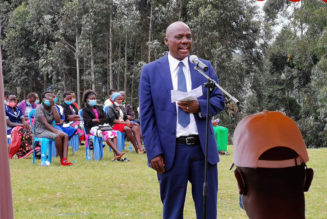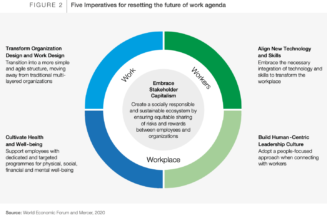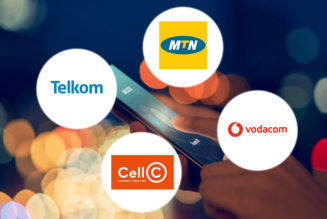5G networks are now being built out, with performance and capacity gains available to be tapped by new use cases. One of the first will be fixed wireless access (FWA). Around half of all households in the world – over 1 billion – do not have a fixed broadband connection.
Given the current speed and capacity of cellular networks with LTE and its evolution to 5G, there are opportunities for operators to deliver broadband services to homes and small and medium-sized enterprises economically using FWA.
Fixed wireless access (FWA) connections are forecast to grow threefold and reach close to 160 million by the end of 2025, accounting for 25 percent of total mobile network data traffic globally, according to Ericsson Mobility Report.
FWA in the broadband context
/* custom css */
.tdi_3_acf.td-a-rec-img{ text-align: left; }.tdi_3_acf.td-a-rec-img img{ margin: 0 auto 0 0; }
There are approximately 2 billion households in the world. By the end of 2019, approximately 1.2 billion (60 per cent) had a fixed broadband connection, and by the end of 2025, this will reach approximately 70 per cent. In this context, FWA will represent 10 per cent of fixed broadband connections. However, it is worth mentioning that FWA is also seen as a replacement option for around 300 million existing DSL connections.
Considering the number of FWA connections, many households consist of several individuals using the same connection. However, in the mobile broadband context, there are more connections than individuals. The forecast of close to 160 million FWA connections by the end of 2025 represents approximately 570 million individuals having access to a wireless broadband connection.
There are three main factors that drive the FWA market and the uptake of connections:
- Demand from consumers and businesses for digital services continues, driving the need for broadband connectivity.
- FWA delivered over 4G or 5G is an increasingly cost-efficient broadband alternative in areas with limited availability of fixed services such as DSL, cable or fibre. Increasing capacity – allowed by greater spectrum allocations and technology advancements for 4G and 5G networks – is driving higher network efficiency in terms of the cost per delivered gigabyte.
- Governments are fueling broadband connectivity through programs and subsidies, as it is considered vital for digitalization efforts and economic growth.
Future Outlook
With the disruption caused by COVID-19, the demand for wireless household broadband has probably never been greater. In a recent study on mobile service provider offerings, 185 out of 309 providers had an FWA offering. Compared to December 2018, this number has almost doubled.
We estimate there were 51 million FWA connections by the end of 2019. This number is forecast to grow threefold through 2025, reaching close to 160 million. FWA data traffic is estimated to have represented around 15 per cent of global mobile network data traffic by the end of 2019. This is projected to grow by a factor of around eight to reach 53EB in 2025, accounting for 25 per cent of total mobile network data traffic globally.
With the performance and capacity gains from enhanced mobile broadband and the evolution to 5G, FWA will be an opportunity for communications service providers to deploy in many places. Previous experience from FWA and fixed broadband has shown that an “unlimited” traffic paradigm does not result in infinite demand and network congestion, but is manageable with a combination of performance-based service offerings and average consumption patterns.
Service providers can start on a clear path to capacity expansion by following a procedure of “utilize, add and densify”. First, network assets already in place should be fully utilized, including radio sites, spare capacity in deployed spectrum and associated radio, baseband and transport equipment.
Next, spectrum and radio network capabilities should be added, such as higher-order modulation, advanced antenna systems and beamforming, increased sectorisation and 5G NR access as needed. Finally, densification with the addition of macro and small cells when necessary.
An important aspect to keep in mind is that the results may be quite different from one service provider to another. This means that it is unlikely that a replicable template can be used to define the characteristics that will make FWA attractive in a given market.











